Purchased for 2 billion USD, the Su-35 was returned by Indonesia, had its contract canceled by Egypt, was outperformed by the J-10C during exercises, and was even shot down in actual combat by a Ukrainian man-portable missile. This so-called “fourth and a half generation” aircraft, which was highly praised by Russia, seems to have lost its value in the Chinese Air Force. What is its purpose now?

When the domestic “Tiger” meets the Russian “pride,” in 2022, several Su-35 fighters accompanied our J-20 formation on routine patrol missions. Once hailed as a star of the fourth and a half generation, it has now been relegated to a subordinate role to our fifth-generation fighters in the Chinese Air Force. This formation is from the South Sword Aviation Brigade stationed in Zhanjiang, and all 24 Su-35s belong to this unit. In July 2019, these Su-35s participated in a joint patrol with Russia, making an appearance over the Sea of Japan, which was a way to assert their presence. However, with the large-scale deployment of domestic J-20, J-16, and J-10C fighters, these expensive foreign weapons have gradually been pushed to the sidelines, primarily tasked with protecting the H-6K long-range bombers. From the arrival of the first four aircraft in Hebei Cangzhou in 2016, to the completion of all 24 deliveries by the end of 2018, the Su-35 has transformed from a coveted asset to a nearly useless one in just a few years. Spending 2 billion USD, averaging over 80 million USD per aircraft, has made this a unique presence in our military, a conclusion that perhaps even the original decision-makers did not foresee.
To understand why our military introduced the Su-35, we must go back to the period from 2010 to 2013, when the United States was vigorously promoting its Asia-Pacific rebalancing strategy, and tensions in the South China Sea were escalating. At that time, our main fighter jets were still the J-10A, J-11B, and a number of older J-7 and J-8 models, which faced a significant gap compared to the US F-22 and the soon-to-be-deployed F-35. Although the J-20 completed its maiden flight in 2011, there was still a long way to go from its first flight to achieving actual combat capability. Military enthusiasts in China might remember that the J-20 did not officially enter service until 2017, and the initial models were still equipped with Russian AL-31F engines. The domestically produced J-16 was also in the development stage, and it was uncertain when it would achieve combat capability.
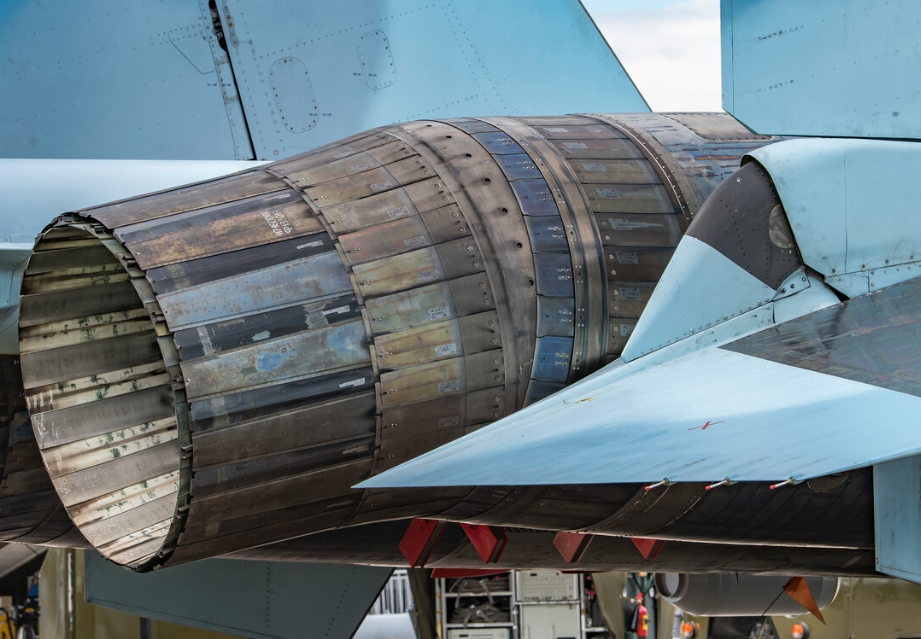
Against this backdrop, negotiations between China and Russia began in 2013. Initially, the Russian side demanded that we purchase at least 48 Su-35s, showing a very tough attitude. After nearly two years of back-and-forth, we finally finalized an order for 24 aircraft in November 2015, with a total price of 2 billion USD. For Russia, this deal came at a crucial time. Western sanctions had severely impacted the Russian economy, and they urgently needed foreign exchange. Meanwhile, China was interested in the Su-35’s AL-41F-1S vector engines and its relatively advanced avionics system. This transaction was somewhat of a mutual exploitation: Russia needed money, and China needed technology and a temporary boost in combat power. Under the specific conditions at that time, this was indeed a realistic choice, and it is hard to blame them. Who would have thought that in less than ten years, China’s aviation industry would make such rapid progress?
When the Su-35 faced domestic challengers, the Golden Helmet Air Combat Competition became an important platform for our military to test the performance of aircraft and the tactical skills of pilots. In the competitions held from 2019 to 2021, an unexpected result repeatedly occurred: pilots flying the Su-35 were often defeated by those flying the J-10C. This outcome left many military enthusiasts astonished, as the Su-35, as a fourth and a half generation heavy fighter, should theoretically outperform the medium-sized J-10C in all aspects. However, in actual confrontations, the Su-35’s proud super-maneuverability was rendered useless, often being locked on and shot down from a distance by the J-10C equipped with an active phased array radar. Why did this happen? The key lies in the fundamental changes in modern air combat characteristics.
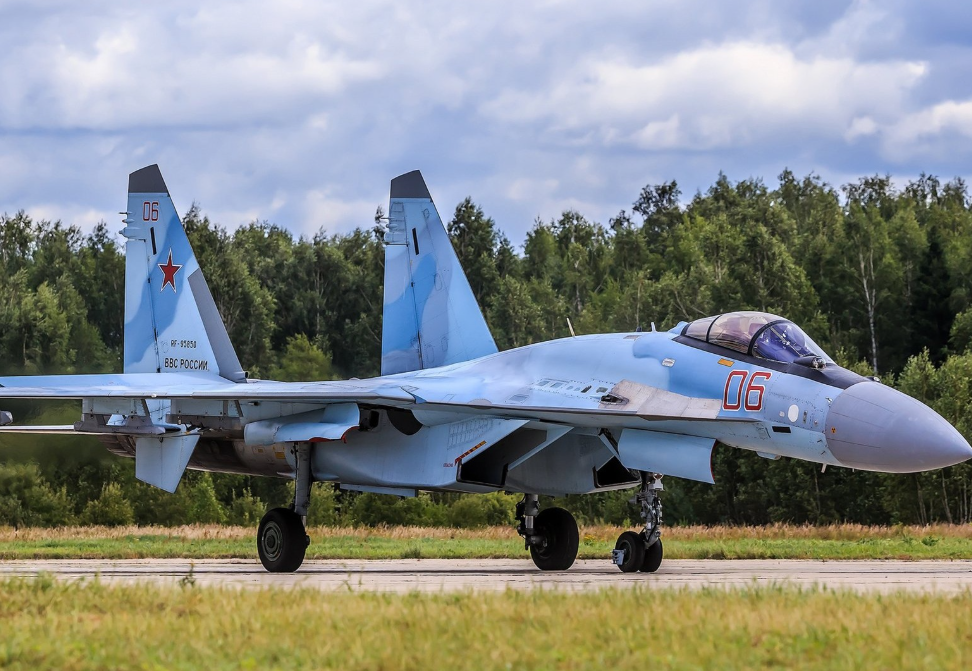
The Su-35 is equipped with the Snow Leopard-E passive phased array radar, which has significant gaps in detection range and anti-jamming capabilities compared to our independently developed active phased array radar. The J-10C, with its advanced radar system and PL-15 long-range air-to-air missiles, can lock onto and attack targets at beyond visual range, leaving no opportunity for the Su-35 to leverage its close-range combat advantages. A vivid analogy would be: the Su-35 is like a martial arts master with exceptional skills, but is struck down by the opponent’s hidden weapons before getting close. Even if you have deep internal strength and flashy moves, if you fall, how can you display your skills? This is the harsh reality of information warfare. Moreover, in terms of tactical application, our pilots are more familiar with the characteristics of domestic aircraft, allowing them to fully exploit their performance advantages. In contrast, as an imported model, pilots need time to adapt to the Su-35. This difference in human-machine cooperation is magnified in high-intensity confrontations.
The stories of returns reflect the Su-35’s awkward situation in the international market. In 2018, Indonesia signed an 1.1 billion USD contract with Russia to introduce 11 Su-35s. This was supposed to be a win-win deal, with Indonesia even creatively proposing to offset part of the payment with commodities like coffee and palm oil. However, the US wielded the CAATSA (Countering America’s Adversaries Through Sanctions Act) as a threat, warning of sanctions against countries purchasing major Russian weaponry. By the end of 2021, Indonesia had to abandon this deal and instead purchased French Rafales and US F-15EX fighters. The story of Egypt is even more dramatic.In 2018, Egypt ordered 24 to 26 Su-35s, with a contract amounting to 3 billion USD.
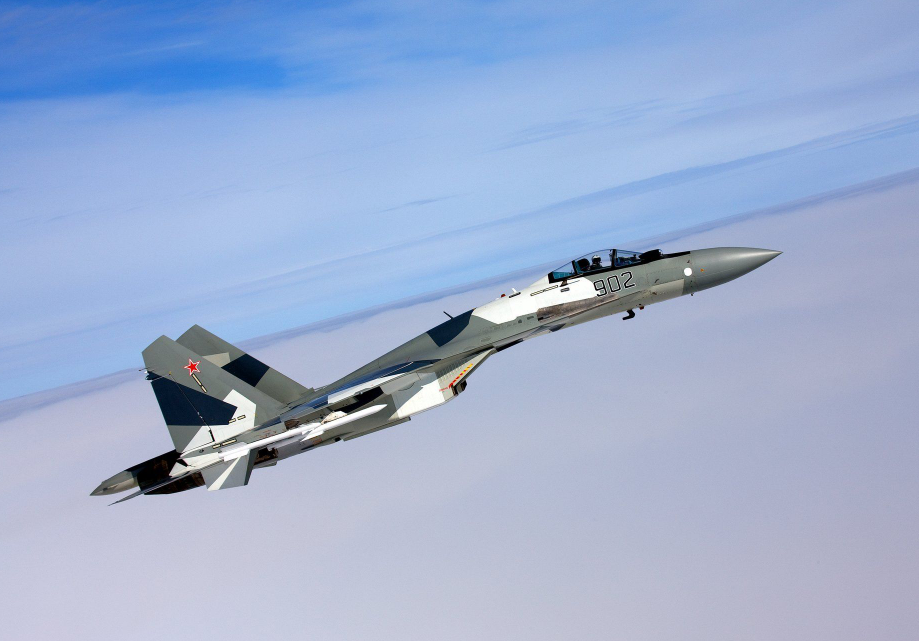
By July 2020, the first batch of 5 aircraft had already rolled off the production line, awaiting delivery. However, under intense pressure from the US, Egypt canceled the order in early 2022 and chose to purchase US-made F-15 fighters instead. As a result, 17 Su-35s, completed but unsold, piled up in Russian factories, with rumors suggesting they might be sold to Iran. Algeria had also shown interest in the Su-35 but decided against it after assessing that its radar system was too outdated. It wasn’t until June 2023 that Iran became the second user of the Su-35 after China, purchasing 25 aircraft. These international return incidents reflect a reality: while the Su-35 has its value as a weapon system, in today’s complex geopolitical environment, weapon procurement is no longer a purely military decision but a political act involving complex international relations. Additionally, with the rapid development of electronic information technology, aircraft like the Su-35, which emphasize maneuverability but lag in information technology, face challenges in cost-effectiveness.
The fate of the Su-35 over Ukraine, while theoretical debates can be endless, the battlefield is the most brutal and direct standard for testing weapon systems. In the Russo-Ukrainian conflict, the performance of the Su-35 has provided us with some references. On April 3, 2022, a Su-35 was shot down near Kharkiv, marking the first loss of this aircraft type in actual combat. In subsequent battles, Ukraine claimed to have shot down at least 5 Su-35s, and in February 2024, there were even reports of two Su-35s being shot down within three days. These combat losses have raised questions about the combat capabilities of the Su-35. Of course, being shot down does not necessarily mean that the model is poor in performance; modern warfare is a system confrontation, and no weapon can stand alone.
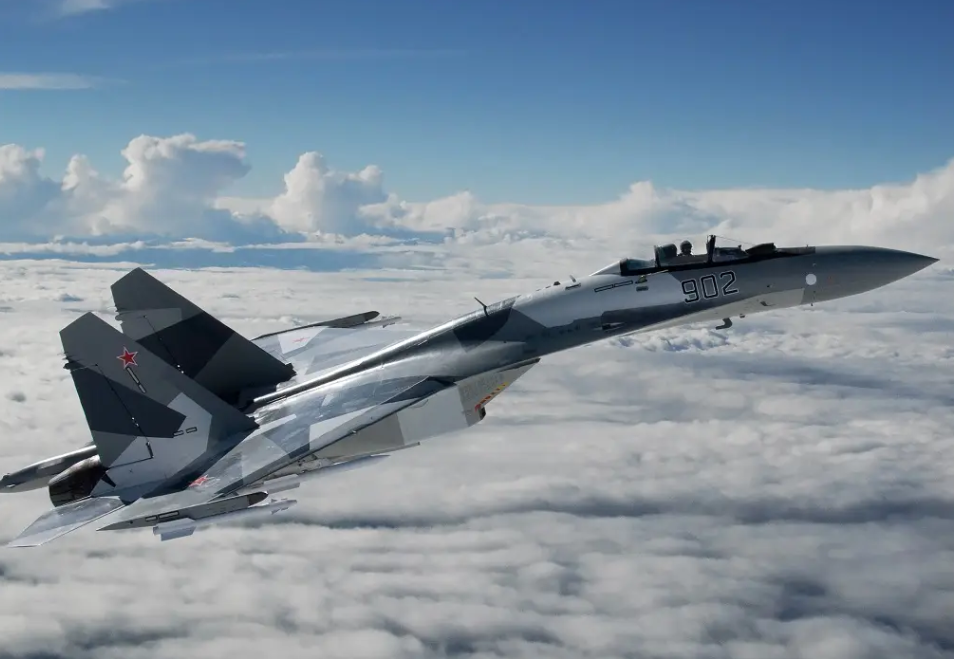
The frequent losses of the Su-35 in Ukraine are related to the nature of the missions it undertakes and the overall shortcomings of the Russian military’s combat system. Due to a lack of precision-guided weapons, Russian Su-35s have had to lower their flight altitude to improve strike accuracy, which increases the risk of being shot down by air defense systems. Additionally, the Su-35 lacks effective stealth capabilities, making it easily detectable in modern air defense networks. These factors have collectively contributed to its poor performance on the Ukrainian battlefield. However, from an objective perspective, even non-stealth aircraft like the US F-15 and F-16, if placed in a similar environment and tasked with the same missions, might face similar risks. Aircraft performance is just one of many factors influencing battlefield outcomes; operational concepts, command and control, and intelligence support are equally important.
Is there a second spring for the Su-35? So, what about the 24 Su-35s introduced by our military? Are they truly useless now? In fact, the Chinese military has not completely abandoned this batch of aircraft. In May 2018, reports indicated that one Su-35 was sent back to Russia for upgrades, equipped with domestic PL-15 missiles and a new helmet-mounted sighting system. This indicates that our military is working to explore the potential of this aircraft and better integrate it with domestic weapon systems. From a practical usage perspective, the Su-35 still holds unique value in several aspects. The Su-35 has a maximum range of up to 4500 kilometers and a payload capacity of 8 tons, which is a valuable capability for operations in distant seas. When executing long-duration patrol missions at strategic points in the South China Sea, this long-range advantage becomes particularly important.
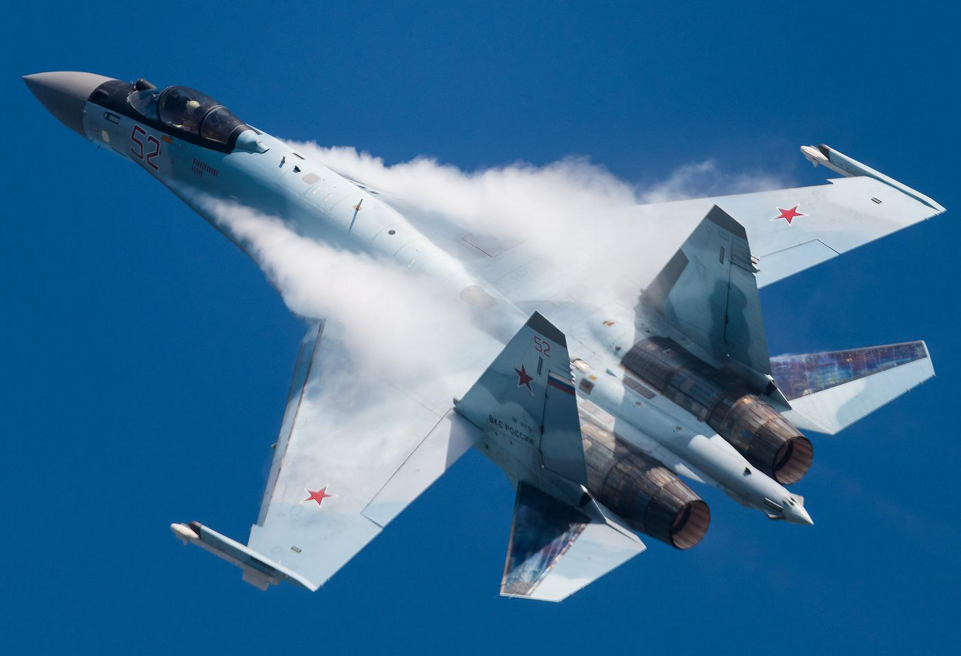
Unlike stealth fighters, the goal of executing deterrence missions is to demonstrate presence and intimidation rather than concealment. The Su-35’s stunning Cobra maneuver and difficult Kulbit actions can exert significant psychological pressure when intercepting foreign military aircraft at close range. In certain combat scenarios, the J-20 can leverage its stealth advantage to conduct initial reconnaissance and suppression missions, followed by the Su-35 carrying out large-scale fire strikes. This tactical combination can maximize combat effectiveness under specific conditions. The Su-35 also serves as a valuable technical research platform, providing beneficial references for our independently developed WS-15 Emei engine through the study of its 117S engine’s vector thrust technology. These technological gains may prove more valuable in the long run than the combat value of the aircraft itself.
The leap from purchase to production, the story of the Su-35 is, in fact, a microcosm of the development of China’s military industry. It perfectly illustrates the development path of buying one generation, imitating one generation, and surpassing one generation. From the introduction of the Su-27 in the 1990s, to the assembly of the J-11, to the deeply modified J-11B, and finally to the completely independently developed J-16, China’s aviation industry has traversed a complete path from imitation and learning to innovation and surpassing. It is during this process that our engineers, scientists, and industrial workers have accumulated valuable experience and confidence. The decade from 2010 to 2020 has been a golden decade for China’s aviation industry, rapidly growing from a technology follower to a runner-up, and even leading in certain fields.
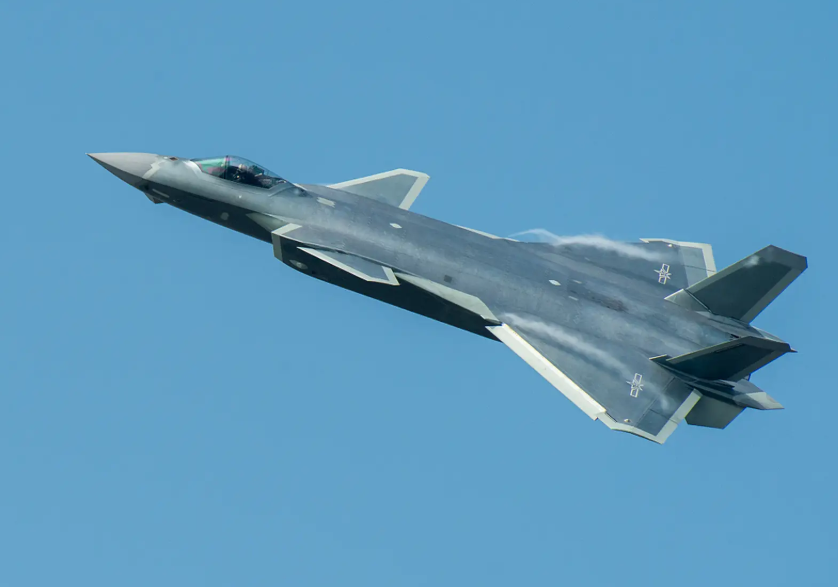
At the 2019 Russian Airshow, when the Russian side saw the J-20 displayed by China, they no longer actively promoted their aircraft to China, which speaks volumes. From a historical perspective, the introduction of the Su-35 had its specific era background and rationale. Even if today this decision seems somewhat hasty, at that time, under the technical conditions and international environment, it was indeed a pragmatic choice. Without these explorations and attempts, there would be no current achievements and confidence. The introduction of military equipment is never a simple shopping spree but a complex strategic decision-making process. Factors such as technology acquisition and maintenance costs, short-term combat power enhancement versus long-term independent innovation, and international relations versus domestic industrial development all need to be weighed comprehensively. The case of the Su-35 provides us with a vivid teaching material.
Considering possible outcomes, with a typical lifespan of 20 to 25 years for conventional fighter jets, our Su-35s are likely to be retired around 2035. By then, the main fighter jets of the Chinese Air Force may have entered the sixth generation era, just as today’s fifth-generation fighters have surpassed the Su-27 of the past. During their remaining service period, these Su-35s will likely continue to serve as special mission executors. Long-range patrols, adversarial training, and flight demonstrations will become their daily tasks. In the ever-expanding fleet of advanced aircraft in the Chinese Air Force, they will become a unique and special presence. Some may ask: can these used Su-35s be resold to other countries? Theoretically, this possibility exists, but practical operations face many obstacles. The resale price of used fighter jets would be significantly discounted, possibly failing to yield ideal economic returns. Moreover, due to the involvement of Russian intellectual property, any resale would require Russian consent. Potential buyers would also need to consider subsequent maintenance and spare parts supply issues, as well as the risk of facing US sanctions, all of which limit the feasibility of resale.
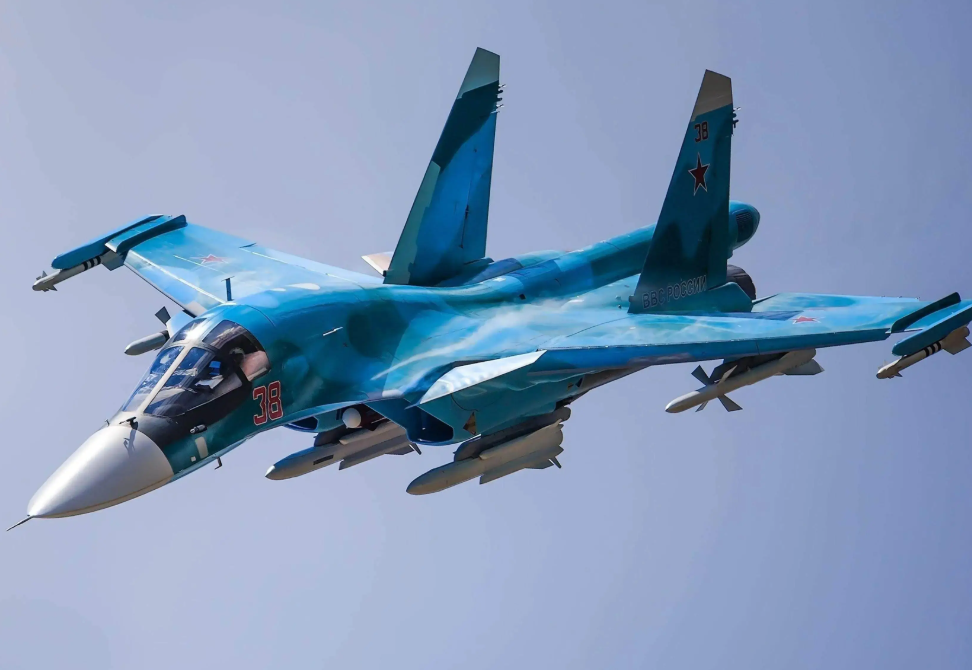
Between gains and losses, looking back at the entire process of introducing the Su-35, we should neither overly glorify its value nor completely deny its significance. The introduction and development of military equipment always occur under specific historical conditions and cannot be simply judged by today’s standards. On the positive side, the introduction of the Su-35 has provided beneficial references for China’s aviation engine technology, offered a certain transitional combat power support for the Air Force, and provided us with firsthand information on international advanced fighter design concepts. On the negative side, the presence of 24 aircraft from different systems has indeed added extra burdens to logistics support, and there are significant performance gaps compared to domestic new fighters, making their cost-effectiveness less than ideal.
Nevertheless, this is an important chapter in the development history of China’s aviation industry. The story of the Su-35 tells us that only by mastering core technologies and achieving independent innovation can we truly possess reliable national defense capabilities. This has been the key to the significant achievements in China’s military industry in recent years. So, what is the use of China’s Su-35 now? From a strictly military perspective, it is indeed no longer a main force, but as a technical research platform, a special mission executor, and a supplementary force in the tactical system, it still has its place. More importantly, its existence itself is a historical testament to the magnificent journey of China’s aviation industry from following to leading.